Will COVID-19 Force Senior Living Facilities to Finally Innovate?
It’s no secret that one of the most adversely affected communities during the pandemic has been our seniors. Of course, co-morbidities mean that the risks that come with exposure to COVID-19 are substantially higher than average Americans, but that’s not all. Despite the heroic efforts of leaders and staff, senior living communities can be lonely places, and the quarantine requirements have only made this more challenging. The regular visitation of family members and friends gave added security to the facility as well as generally bringing more eyes to the work of watching out for risks.
Today, the absence of that steady stream of visitors exacerbates the traditional risks our seniors face and stretches the capacities of staff even further. The technology infrastructure in many of these facilities has long been behind-the-times, but will COVID-19 be the driver that pushes facilities to make the investment in systemic security technology? Let’s take a look at the issues that might just result in a “yes.”
Increased Fall Risk
Direct Supply reports that some facilities have seen a 20% increase in falls in memory care facilities since the pandemic started. The apparent cause? Fewer people around. While staffing levels remain the same, minimal-to-zero visitors has shown just how dependent on friendly visitors these facilities are to keep their residents safe from fall.
Technology upgrades can play a role here. Advanced cameras with trained AI capabilities can not only help detect falls but have been shown to reduce the need for ER visits and medical interventions. By investing in improvements to their camera technology, memory care facilities can not just minimize the risk of bad actors, but also improve medical outcomes for their residents. Sites that take their duty of care seriously, may want to see just how effective such technologies can be.
Improved Contact and Location Tracking
Visitor-dependency in residences also has had serious effects on location tracking. In situations like COVID-19 when visitation is low, the risk of residents losing their way and being a risk to themselves increases substantially. Particularly in sites with indoor and outdoor facilities. In addition, COVID-19 has made us more aware of the power of viruses to spread quickly and indiscriminately. Advanced location and contact tracing technology can be incredibly useful in tracking and managing the spread of dangerous viruses in our senior communities.
With a steady increase in the evolution of viral strains around the globe and new flu iterations every year, we can be confident that COVID-19 will not be the last viral threat to our seniors. Facilities that invest in advanced tracing technology offer a beneficial service to their residents and a value proposition for their prospective families that lagging facilities may not be able to offer.
These tracking systems can also help facilities track critical activities of daily living (ADLs), helping monitor with accurate history the evolution of ADL abilities of the residents. This data can be the evidence-based source for more proactive care and resource allocation, ensuring the right resources are used with the right residents. Innovation powers managed care.
Touchless Visitor Management
As visitors begin to return to our senior living locations, the need for security at the entrances has never been more real. Antiquated entry controls with visitor stickers, handmade badges, manual door locks, and other antiquities, only prolong the risks that COVID exposed. Businesses around the world are moving to touchless smart entry systems where not only are visitors able to enter without spreading germs via touch, the intelligence of these systems recognize friends and family once and for all.
Senior living facilities have this opportunity in the wake of COVID-19 to learn the hard lessons the pandemic has offered. Technological innovation is no longer an option. For our seniors, the risks are too high and the needs are too great to not take advantage of these incredible advancements in care and support.
Senior living facilities have staked their claim on providing one-stop-shop support for our valued family members. But COVID exposed an inherent dependency on the presence of visitors to fulfill that promise. Facilities who wish to lead in the decade to come can make these strategic investments now, positioning themselves as leaders before more disruptive technology upends the industry.
Want an obligation free analysis of the innovation opportunities at your facility? I’d love to speak with you.
